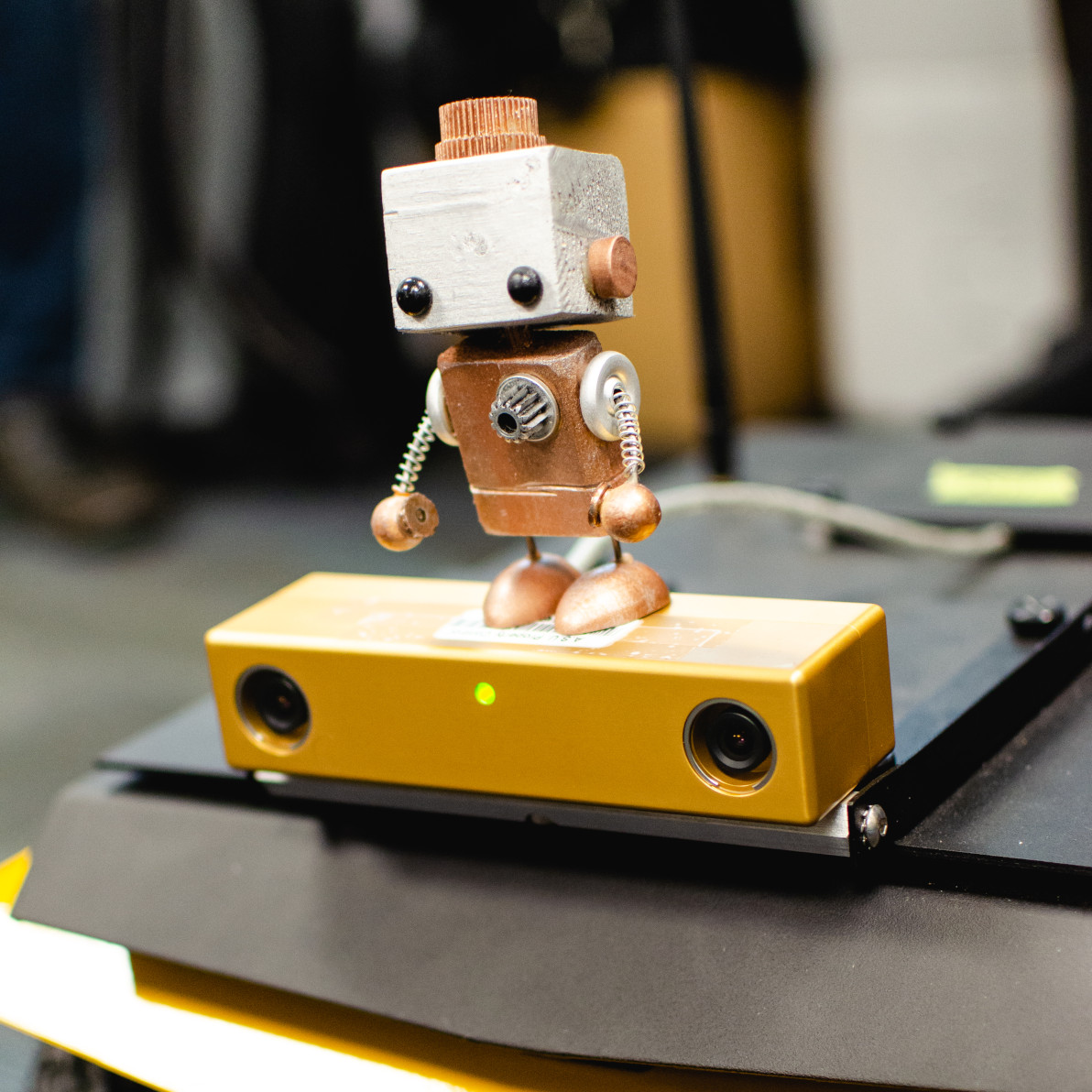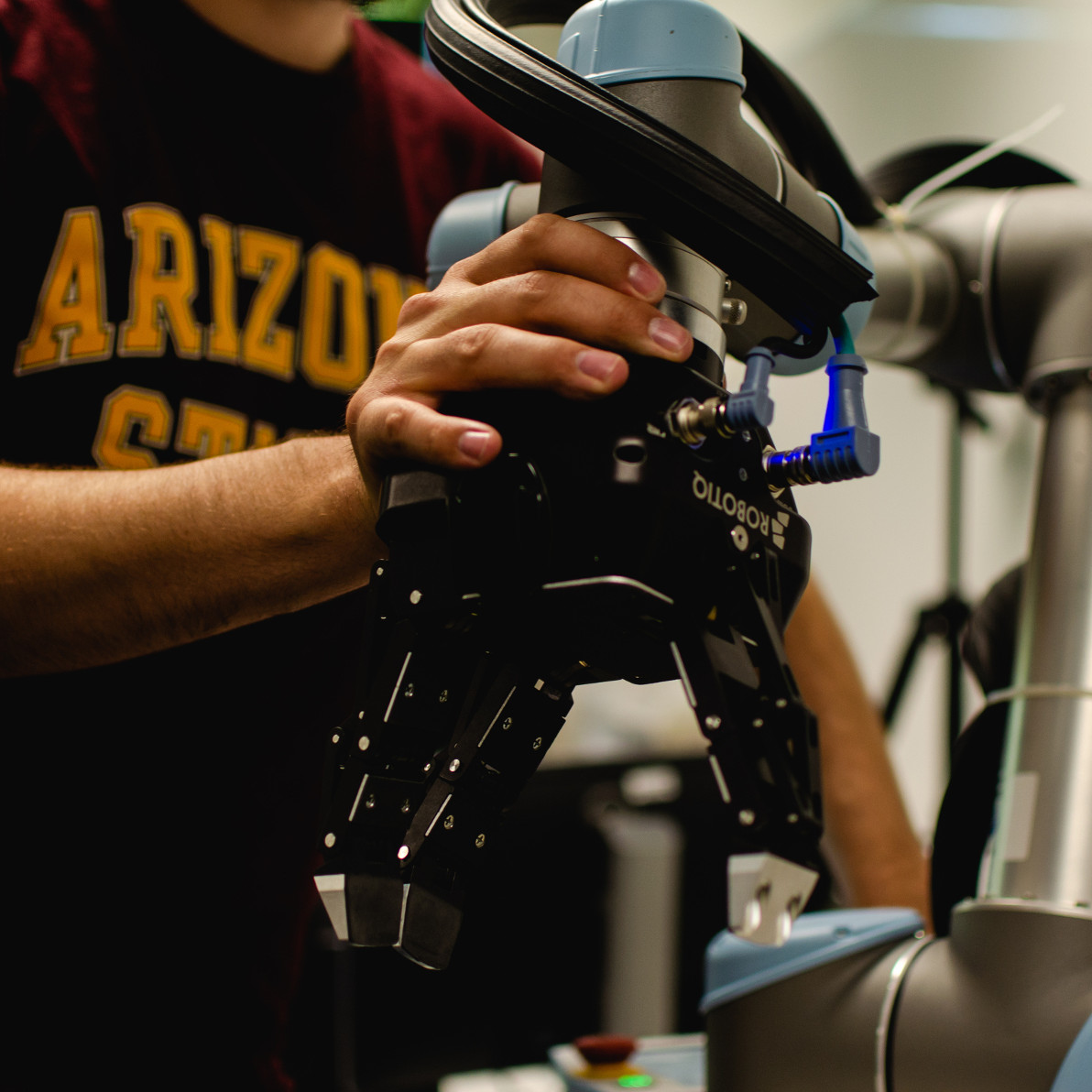Research Projects
Neuro-Symbolic Learning
Neuro-symbolic reasoning represents a significant advancement in the field of artificial intelligence, merging the intuitive pattern recognition capabilities of neural networks with the logical and interpretable framework of symbolic AI. This hybrid approach addresses critical limitations of both approaches by combining their respective strengths. By combining the learning efficiency and adaptability of neural networks with the explicit reasoning and rule-based processing of symbolic AI, neuro-symbolic systems can achieve more accurate, transparent, flexible, and reliable decision-making. This integration is especially crucial in applications requiring both data-driven insights and logical, explainable decisions, such as understanding communications, recognizing objects, and robotics. Neuro-symbolic reasoning thus paves the way for more robust, understandable, and trustworthy AI systems, aligning machine intelligence more closely with human-like understanding and reasoning while simultaneously providing a way of post-training adaption through the alteration of the symbolic knowledge.


Language Conditioned Imitation Learning
Our ability to utilize language plays a critical role in our daily lives by allowing us to efficiently communicate our thoughts to build a mutual understanding. Studying language in robotics is a key to understanding how intelligence works and will allow us to build next-generation assistive robots that can intuitively and effectively interact with humans. To this end, my research focuses on integrating language understanding with robot control by bridging the gap between cognition and robotics, utilizing modern approaches to artificial intelligence and robotics.
Robot Manipulation
Throughout our lifetime, we learn to delicately grasp, manipulate, and use a wide range of objects, allowing us to use these abilities to interact with the world and other people in it. The acquired experience then enables us to learn complex interactions with our environment, such as increased dexterity in object manipulation and compliant manipulation of complex objects. However, we also shape the world around us to make interactions more accessible and more intuitive for the human physique. In this project, I am bridging the gap between robot capabilities and manipulation affordances in the real world by investigating dexterous and bimanual manipulation strategies using novel approaches in artificial intelligence and control.
